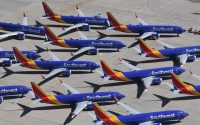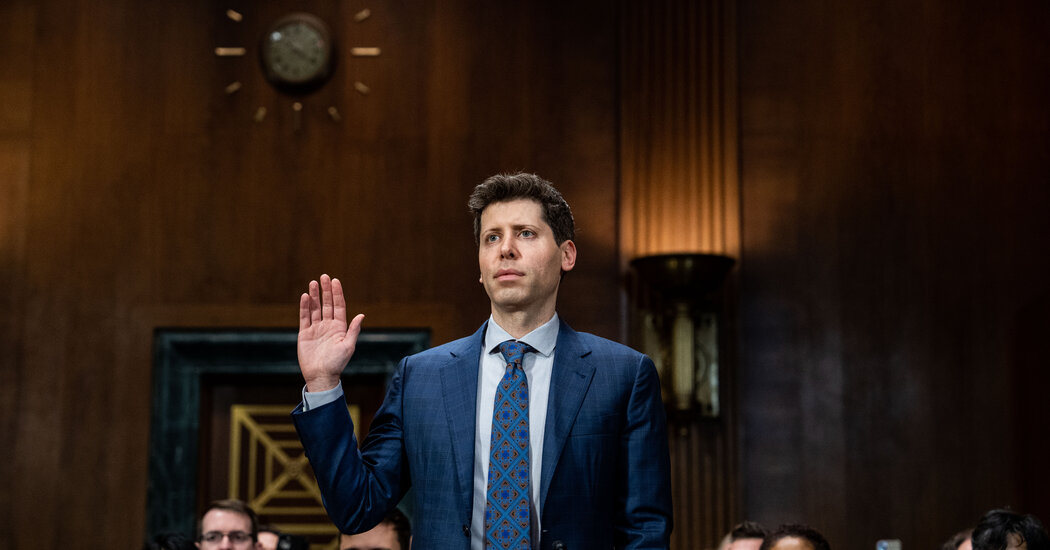Student Loan Pause Is Ending, With Consequences for Economy
The share of borrowers with balances larger than when they started had been steadily growing until the pandemic and was far higher in census tracts where Black people are a plurality. Then it began to shrink, as those who continued loan payments were able to make progress while interest rates were set at zero.
A few other outcomes of this extended breather have become clear.
It disproportionately helped families with children, according to economists at the Federal Reserve. A greater share of Black families with children were eligible than white and Hispanic families, although their prepandemic monthly payments were smaller. (That reflects Black families’ lower incomes, not loan balances, which were higher; 53 percent of Black families were also not making payments before the pandemic.)
What did borrowers do with the extra space in their budgets? Economists at the University of Chicago found that rather than paying down other debts, those eligible for the pause increased their leverage by 3 percent on average, or $1,200, compared with ineligible borrowers. Extra income can be magnified into greater spending by making minimum payments on lines of credit, which many found attractive, especially earlier in the pandemic when interest rates were low.
Put another way, the Consumer Financial Protection Bureau found that half of all borrowers whose student loan payments are scheduled to restart have other debts worth at least 10 percent more than they were before the pandemic.
The effect may be most problematic for borrowers who were already delinquent on student loans before the pandemic. That population took on 12.3 percent more credit card debt and 4.6 percent more auto loan debt than distressed borrowers who were not eligible for the pause, according to a paper by finance professors at Yale University and Georgia Tech.
In recent months, the paper found, those borrowers have started to become delinquent on their loans at higher rates — raising the concern that the resumption of student loan payments could drive more of them into default.
“One of the things we’re prepping for is, once those student loan payments are going to come due, folks are going to have to make a choice between what do I pay and what do I not pay,” said David Flores, the director of client services with GreenPath Financial Wellness, a nonprofit counseling service. “And oftentimes, the credit cards are the ones that don’t get paid.”


